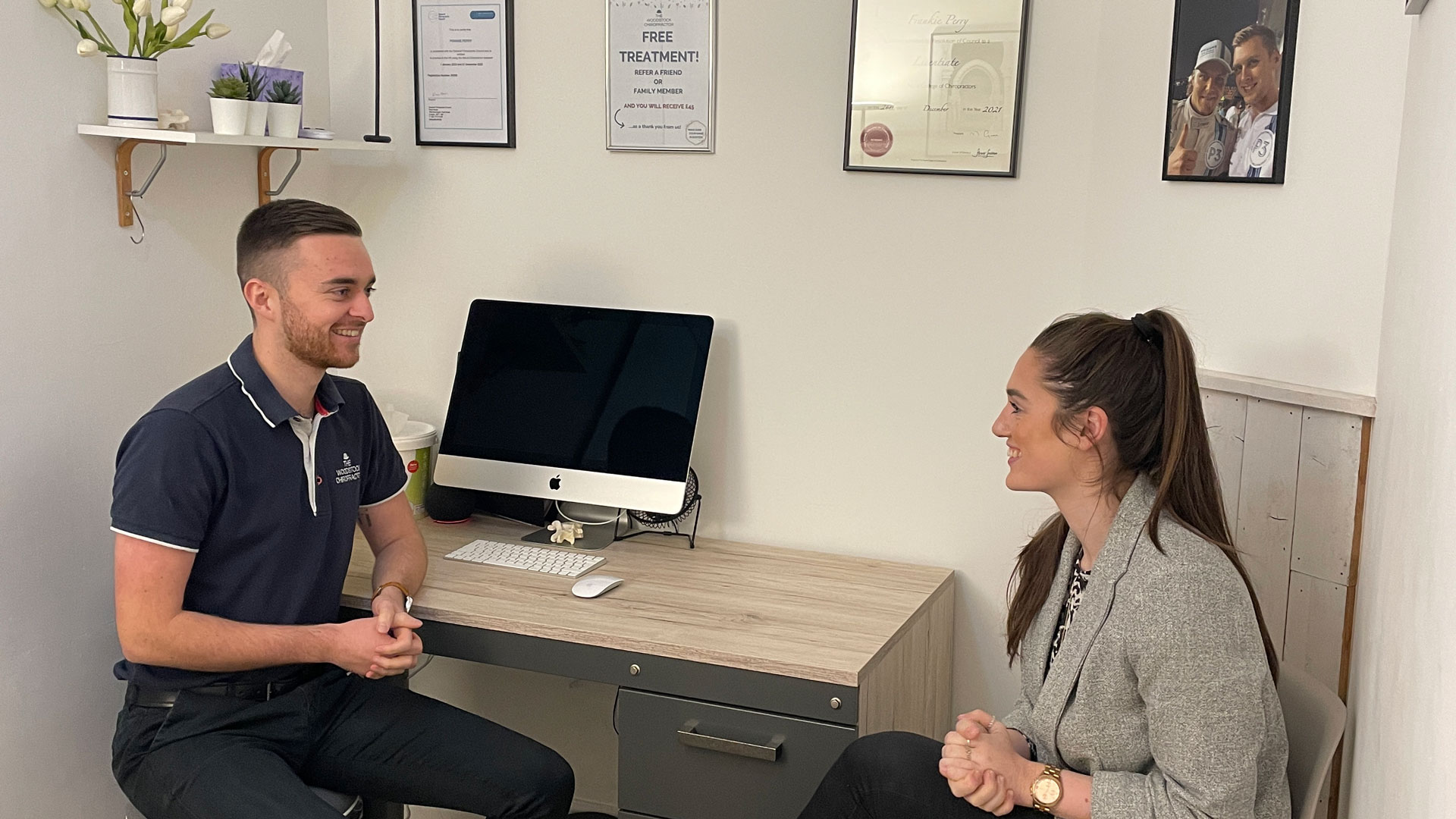What is a slipped disc?
First of all, what is a disc?
Your spine has 23 intervertebral discs, one between each vertebra in your spine, they are made of a soft jellylike material inside which is surrounded by a tougher circular exterior. This soft spongey interior combined with your spine’s natural ‘S’ shape is what allows your discs to act as a shock absorber in order to absorb all of the pressure throughout your daily activities.
Has it slipped?
The term ‘Slipped disc’ is actually a common misconception and a term that is rarely used now, the correct terminology is a disc herniation or prolapse. This is because your disc has not slipped at all but rather the soft jellylike material has moved from the centre of the disc, where it should be, towards the outer edge and has created a bulge in the exterior. The most common area for this to happen is in your lower back however it can also happen in your neck or mid back. The bulge in the disc can compress onto nearby nerves which travel down your legs or arms depending on the location of the disc, this can cause pain, numbness, tingling or weakness in the affected limb.
If necessary your chiropractor can refer you for an MRI if required-often however a scan is not needed to diagnose a disc injury as a physical examination and neurological tests can provide all the information we need.
What to do if you have a herniated disc?
- Visit your chiropractor!
In order to reach the correct diagnosis and rule out any other conditions your chiropractor will take a full case history and then perform a physical examination using special orthopaedic tests to test everything from your range of motion, muscle strength, sensation and reflexes. After the diagnosis is reached the chiropractor can use a number of different treatment modalities in order to aid your recovery.
- Remain active
Try to avoid bed rest as much as possible in order to keep your joints moving and your muscles working. If you have a sedentary job then aim to get up and move every 30 minutes.
- Ice the area
If you are experiencing a particularly bad flare up then you should apply ice to the area in order to reduce the inflammation, if you don’t have an ice pack available then just use some frozen peas! Simply wrap the ice pack/peas in a tea towel and hold on the affected area for approximately 10 minutes.

